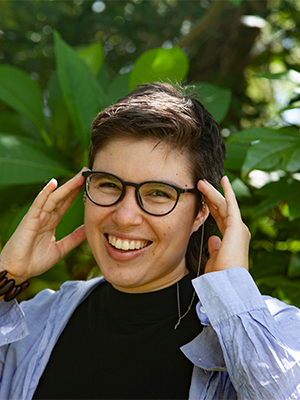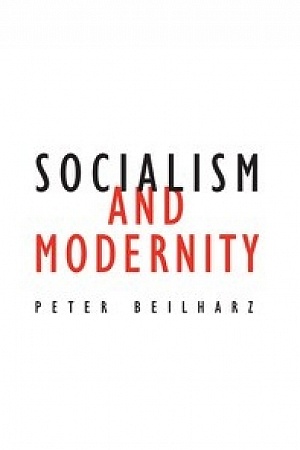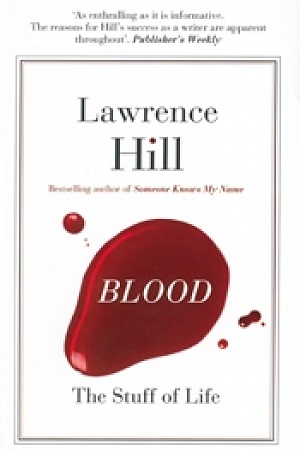Rooted: An Australian history of bad language
NewSouth, $32.99 pb, 320 pp
Camouflaging the cussword
‘Bad language’ comes in many forms, but, as the title suggests, the focus of Amanda Laugesen’s new book is on slang and, in particular, swear words. She documents Australia’s long and often troubled love affair with this language, dividing the history into four parts: the earliest English-speaking settlements of the eighteenth and nineteenth centuries; the period of Federation and World War I; the heart of the twentieth century; and the ‘bad language landscape’ of modern Australia. These four time periods highlight Indigenous stories as well as migrant contributions to the diverse swearing vocabulary of Australia.
The distinctive and creative way of speaking explored in Rooted is viewed by many Australians as core to their collective sense of identity. Laugesen shows how characters such as the convict, the digger, and the bushranger came together to shape a society that celebrated larrikinism and bad language. The ‘B-words’ (bloody, bastard, bullshit, and bugger) became the keywords of Australian English – linguistic expressions of cherished ideals such as friendliness, mateship, and anti-authoritarianism.
Continue reading for only $10 per month. Subscribe and gain full access to Australian Book Review. Already a subscriber? Sign in. If you need assistance, feel free to contact us.











Leave a comment
If you are an ABR subscriber, you will need to sign in to post a comment.
If you have forgotten your sign in details, or if you receive an error message when trying to submit your comment, please email your comment (and the name of the article to which it relates) to ABR Comments. We will review your comment and, subject to approval, we will post it under your name.
Please note that all comments must be approved by ABR and comply with our Terms & Conditions.